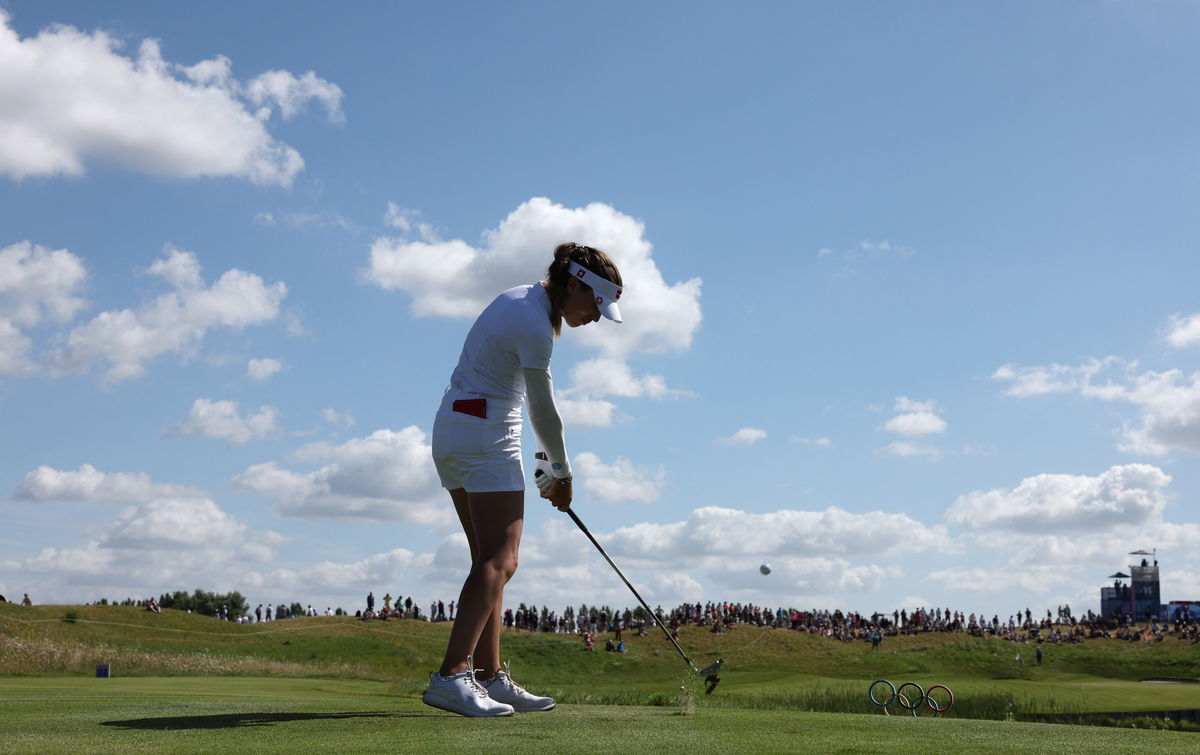

Great but boring. Difficult but stupid. Fair but unfair. Angel Yin’s assessment of the controversial Frisco major captures the complex feelings LPGA players still harbor months after the most criticized championship setup in recent memory.
Watch What’s Trending Now!
The World No. 8 didn’t mince words when discussing the lingering double standards plaguing women’s professional golf. “Men put on perfect greens every week,” she stated bluntly during a recent interview on the Mixed Bag podcast episode ‘The Angel Yin Experience’. “It’s exactly what it is, like, whatever they put on.” Meanwhile, female professionals face vastly different conditions. “Girls are dressed constantly, even though the rules official tell you, oh, the green is rolling like this, the green is rolling like that,” Yin explained. Her frustration stems from officials claiming consistency while players experience anything but uniform surfaces.
The situation has become so problematic that players now carry their own equipment to verify conditions. “Jodi travels with the stimpmeter,” Yin revealed, highlighting how professionals feel compelled to double-check official claims about course setup.
ADVERTISEMENT
This revelation exposes a glaring credibility gap between what officials report and what players actually encounter. PGA Tour greens typically run between 10.5 and 12 on the stimpmeter during regular events. Major championships push those speeds to 13 or higher. Augusta National’s greens during The Masters run over 14, creating legendary difficulty.
However, the consistency remains paramount. Male professionals know precisely what they’re getting each week. Female professionals clearly don’t enjoy the same luxury. Yin’s criticism carries extra weight given her outspoken stance on course setup decisions. She previously labeled Fields Ranch East “quite boring” and “repetitive” during the controversial 2025 KPMG Women’s PGA Championship. Yet she acknowledged the venue would receive significant improvements before hosting future men’s events.
“Well, they’re gonna go and fix the tee boxes. And then they’re gonna go fix a bunch of other stuff,” she noted. “Trust me, when the guys go there, it’s gonna be pristine as they always are for them.”
ADVERTISEMENT
Top Stories
Tiger Woods’ GF Receives Emotional Message from Daughter Kai Trump After Turning 48

Another PGA Tour Analyst to Leave Golf Channel Days After Cara Banks’ Unexpected Exit – Report

‘Sorry for Your Loss’: Phil Mickelson Sends Prayers as Golf Reporter Opens Up About Daughter’s Passing

Concerns Arise as Amanda Balionis Says She’s Exhausted After Demanding Golf Schedule

LPGA Legend’s Son, 14, Shows No Remorse After Beating His Mom at Golf

LPGA Tour Players Unite Behind Growing Advocacy Movement
Yin’s comments reflect a broader shift in player-tour relationships following the Frisco debacle. The championship created unprecedented operational chaos as major winners withdrew midway through the competition, testing everyone’s patience during the opening rounds.
ADVERTISEMENT
Stacy Lewis delivered scathing criticism, arguing the setup made players “look silly.” Sophia Popov took to Instagram with sharp rebukes about course management. Even World No.2 Nelly Korda described hole locations as “almost impossible.”
View this post on Instagram
These voices represent something new in women’s professional golf. Players are speaking publicly about conditions they believe undermine competitive integrity. They’re demanding accountability from officials who control their professional environment. The movement has gained traction under new LPGA Commissioner Craig Kessler’s leadership. Players praised his transparency during recent meetings. Angel Yin noted the difference: “It’s better to hear no than to receive a yes that leads to nothing.”
ADVERTISEMENT
This emerging advocacy extends beyond individual complaints. Players are connecting course setup issues to broader concerns about presentation and entertainment value. They understand that substandard conditions reflect poorly on women’s golf as a whole.
The technical disparities remain stark. Maintenance budgets vary dramatically between facilities, with premium courses exceeding $2 million annually compared to standard facilities averaging under $700,000. Labor represents nearly 57% of maintenance costs, creating clear divisions in course quality.
Angel Yin’s courage in calling out these double standards signals a new era for women’s professional golf. Players are no longer accepting inconsistent conditions while their male counterparts enjoy pristine setups every week. The growing advocacy movement suggests systematic changes may finally address these long-standing inequities. What specific improvements would you like to see implemented across women’s professional golf?
ADVERTISEMENT
ADVERTISEMENT
ADVERTISEMENT
ADVERTISEMENT

